The Week When Decades Happened
My regular update on global conflict and confrontation. This week: Trump's push for peace while conceding many of Putin's demands, transformation of Europe's security, and the war in Ukraine.
To start with, given all the political events of this week, I have included an image of Ukrainian soldiers up top. Despite the strategic earthquake that occured this week, and the focus on politicians, we must never forget those who are defending the front line of their country, as well as forming the first echelon of the West’s defence against authoritarian aggression. Ultimately, as clever as politicians might be, or think they might be, it is military personnel on the ground that must execute their policy.
Thank you to those Ukrainians, young and old, who continue to serve and sacrifice on behalf of their nation, and on behalf of an often ungrateful West.
Welcome to the 16 February 2025 edition of The Big Five, which has been temporarily renamed this week in recognition of the massive shifts in the strategic environment heralded by statements from the Trump administration during the week.
What a week! I could only reach back to Lenin’s (reputed) saying that “there are decades when nothing happens, and there are weeks when decades happen” to begin to describe just how transformative the events of this week might end up being. I apologise to my Ukrainian friends for using a Russian saying. Why do I feel this was appropriate?
The combination of statements from the American administration foreshadows a very significant restructuring of the security architecture in Europe, at least as significant as the end of the Cold War. But their comments will have an impact on security affairs globally, as authoritarians interpret Trump’s signals about spheres of influence and his willingness for a grand bargain rather than war.
At the same time, America’s friends and allies will be looking for reassurance from their great and powerful friend while also (if they are smart) developing Plan B national security postures that are less reliant on U.S. support - while also remaining close to America.
This week, I undertake a detailed examination of key statements by the Trump administration as it continues talking about how it might end the war in Ukraine. I explore key events from the war in Ukraine and then examine how the strategic competition with China is playing out in the Pacific. As always, I finish with five recommended reads on war and national security.
In my weekly commentary The Week at War, just published here, I undertake an initial assessment of the potential impacts of this week on the nations of the Pacific and how China might be viewing the new strategic landscape.
Ukraine
The Politics of War and Peace. It is hard to recall a more consequential week for the Ukraine War, or European security affairs more generally. A succession of speeches and statements from President Trump and senior administration officials has shocked many with how disruptive American plans for international security affairs might be. It should be noted up front that there is little in the American statements that wasn’t telegraphed before the war, so the surprise is more about people in Europe and beyond finally realising that Trump meant what he said about Ukraine, NATO and other nations ‘paying their way’ with defence.
The first entry in the succession of shocks this week was Trump’s 12 February post on his social media about his rationale for discussing peace with Putin. It wasn’t a long post but there was a lot in it.
First, by calling Putin first and discussing the “great history of our nations”, Trump placed the U.S. and Russia as equal partners in solving the Ukraine conflict and in global affairs more broadly. To be treated as an equal by Trump is exactly what Putin wanted, and Trump gave this potential negotiating position away for free. And, in drawing similarities in the history of Russia and America, he is comparing America’s greatest generation with the brutal Russian soldiers who looted and raped their way to Berlin.
Second, he acted like a dog getting a backrub in revelling in the fact that Putin used Trump’s words “common sense” during the phone call. Putin is all over Trump and it is hard to see this kind of mentality from the U.S. president resulting in good outcomes for Ukraine. He also mentioned “working together” which will certainly concern not just Ukraine but many European governments.
Third, Trump mentions “visiting each other’s nations”. I know the U.S. does not support the ICC, but is Trump really going to allow an ICC-alleged war criminal into America after his election-time narrative about foreign criminals coming into America?
Finally, as always, there were some factual issues. Of course, facts don’t really matter for some people. In his post, Trump mentions the million of deaths in the war in Ukraine. This is a little way from the truth, not withstanding the many casualties that have been suffered by both sides, all of which accrue to the decision-making of Putin.
But Trump wasn’t done once he issued this post. In a media appearance, Trump stated the following:
They (Ukraine) may make a deal, they may not make a deal. They may be Russian someday, or they may not be Russian someday.
Really? Ukraine made it very clear in 1991 that it wanted to be a soveriegn nation, and has had two revolutions and fought a war since 2014 to stay that way. Not only is this an insult to the Ukrainians, and those who gave their last full measure of devotion to keep it free, it is Trump implictly accepting that Russia has a sphere of influence in Eastern Europe. This is music to the ears of Putin and Xi, and will be causing nightmares for leaders in eastern Europe in particular. The Baltics and Poland know what it is like to live under a Russian boot. None of them intend to go back to that.
The speech by Defense Secretary Hegseth later in the week further crystallised America’s new grand strategy for alliance management and global security. While he also walked back some comments later, he made it clear that there would be no NATO membership for Ukraine. This has been a central pillar of Ukraine’s position for an enduring war termination agreement. Putin will love this this because it is one of his core war aims and America is giving it to him without any negotiation.
In his remarks, Hegseth also made it clear that any security guarantee for Ukrainian soveriegnty, and the accompanying peace keeping force, would need to come from Europe. Further, this force would not be able to use NATO as cover for any Russian aggression. His exact words:
Any security guarantee must be backed by capable European and non-European troops. If these troops are deployed as peacekeepers to Ukraine at any point, they should be deployed as part of a non-NATO mission. And they should not covered under Article 5. There also must be robust international oversight of the line of contact. To be clear, as part of any security guarantee, there will not be U.S. troops deployed to Ukraine.
This, while not including Europe in the negotiations for a peace deal, seems just a little ‘off’.
Finally, Hegseth made it clear that Ukraine’s negotiating position should not be based on getting back its sovereign territory. He stated that “Chasing this illusionary goal will only prolong the war and cause more suffering.” That might be the case (and it is at least partially the case because of slow, risk adverse Biden administration decision-making), but don’t go into negotiations with that position.
Also discussing the war in Ukraine was Vice President Vance. He told the Wall Street Journal that it was too early to talk about specific territorial arrangements or security guarantees for Ukraine noting that “There are any number of formulations, of configurations, but we do care about Ukraine having sovereign independence…here are economic tools of leverage, there are, of course, military tools of leverage.”
Vance also spoke at the Munich Security Conference. As one media outlet describes it:
While Munich had been hoping to hear greater detail on the Trump administration’s publicly morphing peace plan for Ukraine, they were battered with a bizarre, post-truth litany of culture-war complaints and a bid to sow serious doubt about electoral integrity across Europe.
The Ukraine war got the briefest of mentions, with Vance stating that he hoped a reasonable settlement will be reached. Otherwise, his remarks were a full-on, culture warrior offensive against Europe. All of our nations have weaknesses, but this really wasn’t time and place for such a lecture.
Vance accused European governments of “retreating from their values”, and ignoring the concerns their citizens on issues such as migration and free speech. As the BBC reported, “it was a very weird 20 minutes - one met largely with silence from delegates in the hall.” Incidentally, over the weekend Vance has walked back some of his comments and blamed the media for misrepresenting him.
To wrap up the contributions of American politicians to European and global security this week, today Keith Kellogg stated that “if you think you’re going to kill your way out of this, you’re wrong, because you have a lousy view of history.” Possibly true but Putin is giving it a go. And given Kellogg isn’t even invited to the peace summit in Saudi Arabia, his pronouncements are going to be less and less relevant.
Putin, who probably hoped for a Trump administration, will be extraordinarily happy with the events of this past week. He has potentially achieved the 'no NATO for Ukraine’ outcome he sought before the war even before negotiations commence, and it appears that America is happy for him to keep the territory he has taken and occupied. He has been treated as an equal by Trump and has not had to concede anything.
Perhaps the worst outcome of the week is that Washington D.C. is issuing contradictory statements on the war in Ukraine and European security more broadly. Having not one but two key administration officials walk back their comments during the week is sloppy and inept. Not only does this provide gaps that Putin can drive through in his sole, crappy aircraft carrier, but it provides insights into how the American polity will deal with Putin and Xi in the coming years. These are not insights that will not have good outcomes for other democracies. A just and enduring war termination agreement that favours Ukraine is also looking like a very difficult outcome to achieve in these circumstances.
The final word on peace negotiations goes to President Zelenskyy. He noted this week that Ukraine was reliant on American support for its war effort and that “we will have low chance — low chance to survive without support of the United States.”
His Munich speech was notable for several key statements.
First, he states that “yesterday here in Munich, the U.S. Vice President made it clear: decades, he said, decades of the old relationship between Europe and America are ending.” Very true.
Next, he describes the requirement for a European army, noting that “three years of full-scale war have proven that we already have the foundation for a united European military force. And now, as we fight this war and lay the groundwork for peace and security, we must build the Armed Forces of Europe.” While I don’t totally disagree, they are pretty shaky foundations. Key elements missing include mass, critical logistics, communications and intelligence enablers, societal support, resources and national will. Other than that, a sound foundation!! Europe has little choice but to face all these challenges now.
Third, Zelenskyy is steadfast on Ukrainian participation in peace negotiations. He stated that “Ukraine will never accept deals made behind our backs without our involvement. And the same rule should apply to all of Europe.” While this should be self-evident, the U.S. administration has been quite obtuse on this point. When Trump was asked this week if Ukraine would be an equal partner in peace negotiations, he paused and avoided directly answering the question. Later, Trump confirmed that Ukraine would have a seat at the table. But if Trump drives a deal with Russia like he did with Afghanistan, not only is it likely to be a bad deal, but the Ukrainians will have no obligation to abide by it. As hard as it may be, sometimes no peace is better than a bad peace. The Ukrainians have been burned before.
Fourth, President Zelenskyy addressed European unity. I am sure this was primarily intended for certain leaders with authoritarian tendencies in the EU, but it was relevant for all. He notes that “some in Europe may be frustrated with Brussels. But let’s be clear – if not Brussels, then Moscow. It’s your decision. That’s geopolitics. That’s history. Moscow will pull Europe apart if we, as Europeans, don’t trust each other.” He is right, because Russia has been working on breaking down European cohesion since 1945, and is continuing to do so.
Next, he addresses the issue of security guarantees. Zelenskyy states that “I also will not take NATO membership for Ukraine off the table.” Nor should he. In 2024, NATO offered a pahway to membership for Ukraine, stating in its NATO Summit communique that “we fully support Ukraine’s right to choose its own security arrangements and decide its own future, free from outside interference. Ukraine’s future is in NATO.” This cannot and should not be arbitrarily dismissed.
Zelenskyy noted that “the old days are over – when America supported Europe just because it always had.” While there was much bleating from the Europeans this week, there really is only one way they can respond - step up their ability to be a self-reliant EU superpower.
In the coming week as U.S. administration officials travel to Saudi Arabia to meet with their Russian counterparts, it is not yet clear if Ukraine will be a party to the talks. Europe, which has provided much more aid to Ukraine than America, has been deliberately excluded, a situation so serious that the Europeans will be holding their own summit about the alliance crisis in the coming week.
So far, an interesting start to the new U.S. administration’s 24 hour solution for Ukraine!
The Frontline. War doesn’t stop for politicians to talk. Combat engagements, according to the Centre for Defence Strategies daily update, consistently average over 100 per day. Indeed, I expect the coming months will see some quite ferocious fighting as both Ukraine and Russia seek to demonstrate their ability to continue the war if negotiations don’t work out (which it is entirely possible).
Vicious combat continues in the Ukrainian salient inside Kursk. Both Ukrainian and Russian forces have executed multiple ground attacks in the past week. Both sides have managed to make small, but operationally insignificant, gains in territory.
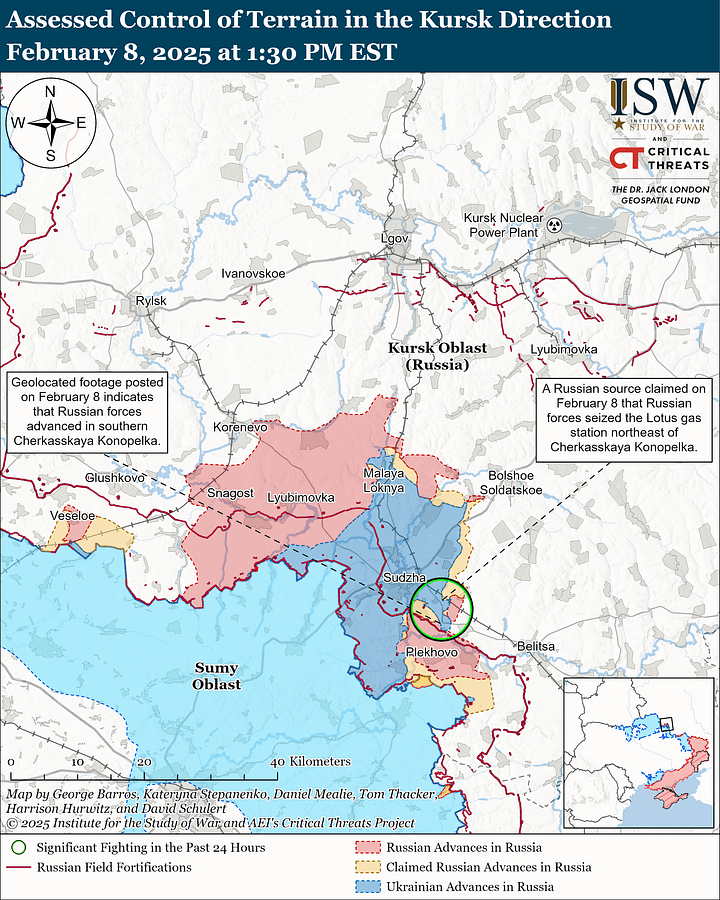
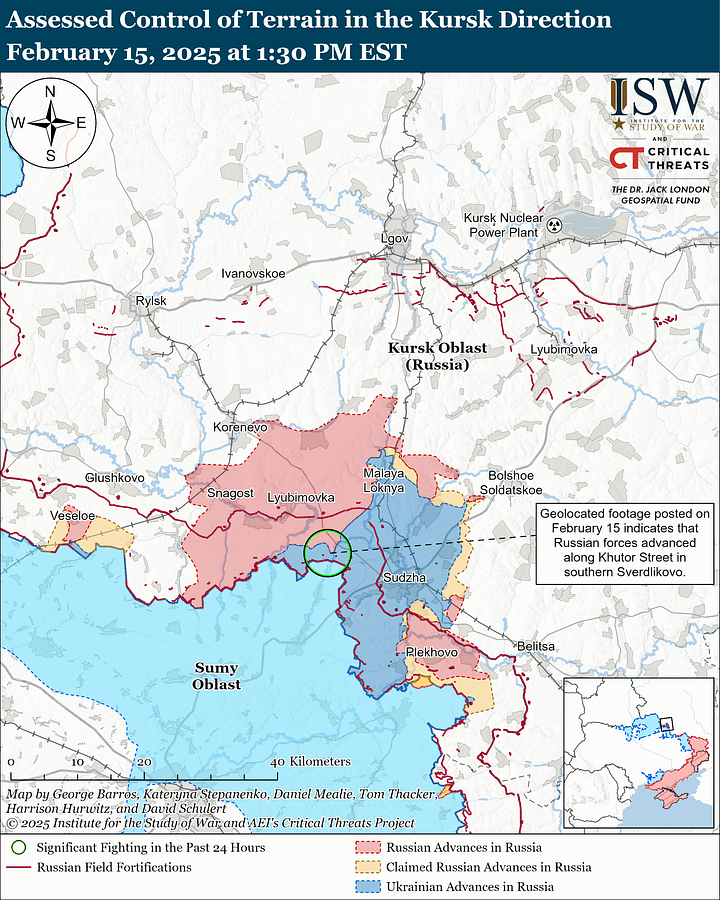
In Kharkiv, Russian and Ukrainian forces have also been active, with both making small advances in the past week.
Further to the south, the Russians continue their offensives on the Kupyansk, Lyman, Siversk and Kramatorsk axes of advance. The Russians have also continued to consolidate their holdings on the western bank of the Oskil River. This places them in a favourable position for future offensive operations along north western, western and south western axes of advance.
In other parts of the frontline, the Russians have continued to achieve small advances on multiple axes of advance. This includes the following areas: Chasiv Yar, Toretsk, Pokrovsk, Huliaypole and the Novopavlivka axes of advance.
As I reported last week, Russian advances and seizures of Ukrainian territory in eastern and southern Ukraine have slowed over the past two months. This does not mean they are culminating, because they retain considerable combat power and a significant asymmetry in manpower over the Ukrainians. I expect that Russia will continue to push its ground and aerial strike forces hard while negotiations continue so they can demonstrate that they have the ‘high ground’ in this war. It isn’t quite true, but that is the narrative Putin wants Trump and Vance to believe.
Command and Control. Last week, I discussed the newly announced initiative whereby the Ukrainians were to form additional army corps formations. These would essentially be the aggregation of multiple brigades into a single formation. It is uncertain whether there will be corps-level units for shaping, intelligence, fires and support, or whether these will just be headquarters. Many challenges remain.
This week, another interesting force structure announcement came from the Defence Minister Umerov. In a Facebook post, he announced that:
Technology is changing warfare. We are launching a revolutionary project that will significantly enhance our brigades and scale up the experience of effectively eliminating the enemy—the Drone Line. We are focusing on the best UAV units. The Drone Line will scale up the most effective drone systems within the Ground Forces and the State Border Guard Service.
The first phase of this Drone Line initiative includes five different Ukrainian regiments and brigades:
20th Separate Regiment "K-2".
429th Regiment "Achilles".
427th Regiment "RAROH".
414th Brigade "Magyar's Birds".
"Phoenix" Regiment (part of the "Pomsta" Brigade).
The stated objective is to integrate infantry and UAVs into a single strike system, although many Ukrainian brigades are already well along this development pathway. The stated aim however does provide for a level of consistency in desired outcomes, which should also inform manning and equipping units. The desired aims are:
Creation of a kill zone 10-15 kilometres deep, where the enemy cannot move without sustaining losses.
Constant aerial support and cover for infantry.
Detection and destruction of targets before they approach our positions.
This situation already pertains in many parts of the front line. However, the initiative might ensure that more units have more resources to achieve a consistent coverage and attack capability across the entire front. It will be fascinating to follow the progress of this and see what insights can be gleaned for other armies.
The Pacific
As someone who lives on the other side of the world from Europe, it would be nice if events there stayed there. Unfortunately, they do not. The events of the past week, an earthquake in geopolitical affairs that will have many aftershocks, will see a series of tremors work their way through the Pacific region.
I have written a piece for the Sydney Morning Herald on this topic, which I hope to be able to share in the coming days. The core challenge now for democracries in the Pacific region is that every aspect of their relationships with America is now up for renegotiation. While this has begun to manifest in American tariffs against its partners in the region, it will inevitably also drift into national security affairs as it has in Europe. Notwithstanding some of the ‘China-first’ advocates in the current administration, the kind of ‘America-only, user-pays, big-boys rules’ principles on display from the U.S. administration in Europe this week are sure to inform their approach to China as well as their interaction with America’s allies and partners in the region.
Indeed, we are probably on the cusp of another Fall of Singapore moment in the Indo-Pacific. Not only did the February 1942 Fall of Singapore signal the end of Britain’s imperial defence scheme, it gave the Japanese a new confidence about their ability to confront and defeat western military organisations (which, as we now know, was short lived). But it also forced a very significant reassessment of the security posture and alliances of countries like Australia and New Zealand.
The events of the past week should be forcing a very major reassessment of force structure, size and posture from all of us in the Pacific. We can be certain that Xi will have been watching and pondering whether this means American support for Taiwan is more or less likely if he makes a move to invade it.
There will be a huge amount of analysis on this particular topic in the coming weeks and months. Every country in the south Pacific, South East Asia and the western Pacific will be searching for meaning in the events of the past week. There are many more aftershocks to come from the geopolitical earthquake in Europe this week.
And that brings to me to my key update on Pacific security affairs this week. The commander of Indo-Pacom, Admiral Paparo, was reported this week to have stated that:
We’re very close to that [point] where on a daily basis the fig leaf of an exercise could very well hide operational warning. The PLA has significantly increased activity around Taiwan in recent years, leaving it more difficult to distinguish between large-scale exercises and actual preparations for an attack. Their aggressive manoeuvres around Taiwan right now are not exercises as they call them, they are rehearsals. They are rehearsals for the forced unification of Taiwan to the mainland.
This is a scenario that has long concerned the Western intelligence community. The PLA has not only undertaken a massive re-equipping program in the past decade for an invasion of Taiwan which would concurrently seek to hold American, Japanese and other military forces at bay, but it has reorganised into joint theatre commands that are capable of planning and executing such a massive operation.
These theatre commands, particularly the Eastern Theatre Command responsible for Taiwan, hold regular and increasingly larger and more sophistocated exercises. In the past couple of years these have expanded in scope (such as Joint Swords A and B last year) and have increasingly been conducted at little or no notice.
These exercises, or rehearsals as they are more likely to be, have several objectives:
Test and refine warfighting plans for the Eastern and Southern Theatre Commands of the PLA.
Test the integration of joint forces within those commands, and the incorporation of support from other commands such as the Strategic Rocket Force and the joint Logistics, Info, Space and Cyber forces.
Test and assess the response of Taiwanese forces as well as the responses of the U.S. Indfo-Pacom as well as its assigned force elements in the western Pacific.
Test the political responses of regional nations including Japan, the Philippines and Australia.
Signal Chinese resolve to Taipei and Washington DC that Chinese subjugation of the independent nation of Taiwan in non-negotiable.
Signal to America the cost of any potential military intervention in support of Taiwan.
Given these objectives, and what Xi will have learned from western decision-making over the past three years about Ukraine - and the significant shifts from Washington in the past week - is the Chinese leader on the verge of making a very big, historic and potentially catastrophic decision about Taiwan?
Or, does he want the new American administration to think he is on the cusp of such a decision so that they agree to some grand bargain about Chinese suzerainty over the western Pacific (including absorption of Taiwan) to avoid a war?
I wrote about the Taiwan contingency, and Chinese using military exercises to cover for a real invasion campaign, in my 2023 book, White Sun War. As I wrote in the book, the nominal commander of Indo-Pacom at the time the book is set (2028) states that:
We know from history that wars don’t just start through detailed military planning and calculations. They often begin because of miscalculation—on both sides. Let us all pray that what we are doing will be enough to prevent a terrible miscalculation that could see us all descend into the hell of a war it will be difficult to walk away from.
Let’s hope the Chinese leader does not miscalculate American, Japanese or Taiwanese resolve. Despite the events of Europe this week, I think that a Chinese grab for Taiwan would elicit an allied response, from a number of countries, of a ferocity and duration that Xi may not anticipate.
Finally this week, Exercise Pacific Steller 2025 was undertaken in the Philippine Sea. This is what the U.S. Navy describes as a multi-large deck event (MLDE). Participating big-deck ships include USS Carl Vinson (CVN 70), French carrier FS Charles De Gaulle (R91) as well Japan’s multi-functional destroyer JS Kaga (DDH 184).
*****
So, to my recommended readings…
This week, I have taken a slightly different approach. I have included five books which cover events that either drove paradigm shifts in the global security environment, or cover some of the implications of such shifts.
While I could have looked further back into history, my selection is mainly focused on events from the beginning of the 20th century. There is a huge literature to chose from and I am sure for every book I selected here, there are 100 others that are just as relevant.
Happy reading!
1. The Vertigo Years
This terrific book by Philip Blom covers the years between 1900 and the start of the First World War. It explores the massive changes in technology and society that occured during that period, and how these changes flowed into the war that commenced in 1914. A reviewer for The Economist described it as "Impressive and thought-provoking...encapsulate[s] complex historical and biographical events pithily and in an illuminating context...The book brings the fears, enthusiasms and blindspots of the period brilliantly to life."
2. The Dynamics of Military Revolution, 1300–2050
This is one of my favourite books. Edited by Williamson Murray and McGregor Knox, it explores revolutions in military affairs, and more importantly, military revolutions across multiple centuries. Its most important finding is that it is Military Revolutions, those that change the fundamental framework of war through societal as well as a military change, that are most important to understand.
3. A World Transformed
In A World Transformed, the first President Bush and his national security advisor, Brent Scowcroft, provide a series of fascinating insights into the challenges faced by the American administration as constructed a new U.S. foreign policy at the end of the Cold War.
4. Xi Transforms the PLA
China’s ongoing military transformation is unprecedented in ambition and scope. This edited volume from the U.S. National Defense University Press assembles some of the world’s best experts on the Chinese military to assess the many elements of the reforms in detail as well as the implications for the PLA’s ability to conduct future military operations.
5. The Fall of Singapore
This is one of the best accounts of the Malayan campaign, the subsequent fall of Singapore in February 1942 and the strategic impacts of Japan’s conquest of the island. Using primary documents in Britain, Japan, Australia and Singapore, the author provides an excellent picture of how and why Singapore fell and its real significance to the outcome of the Second World War.




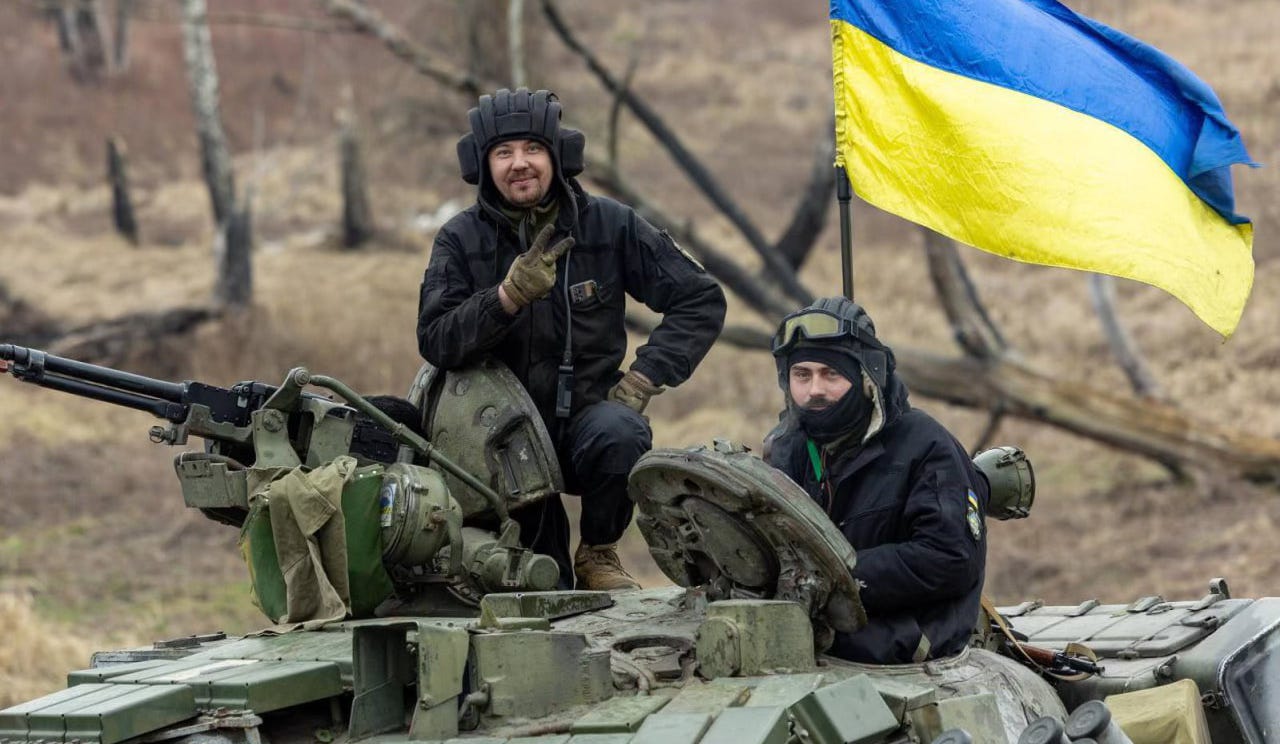
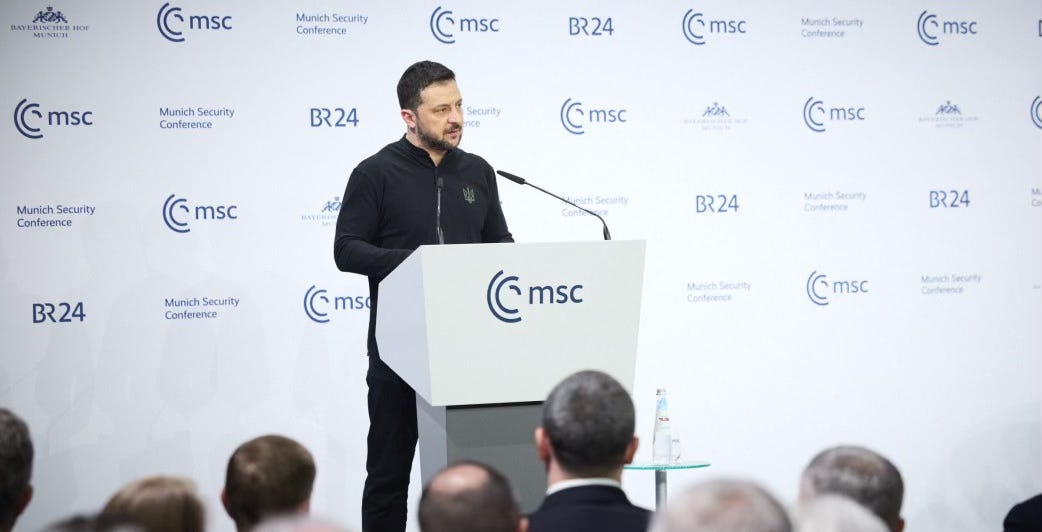
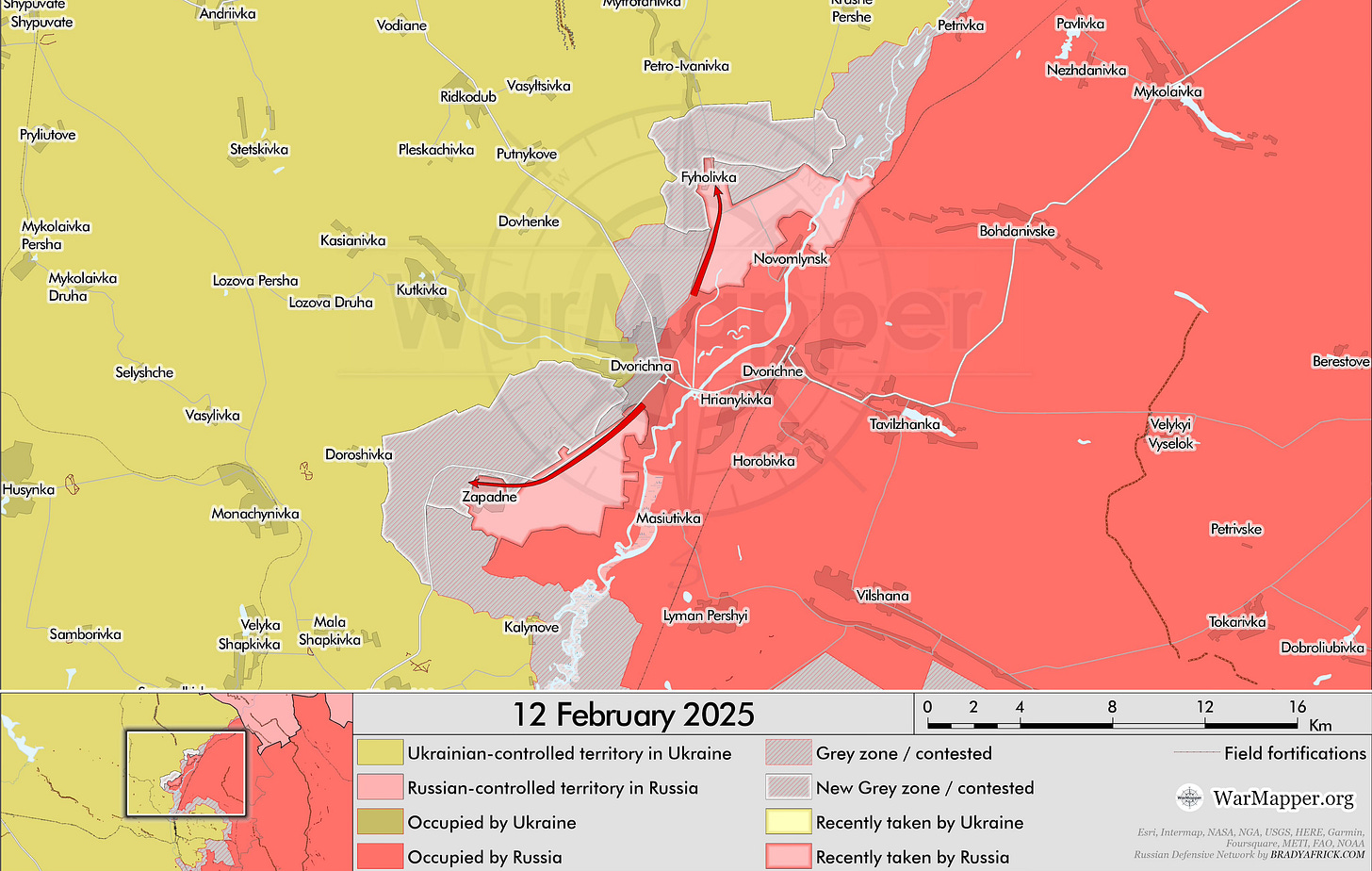
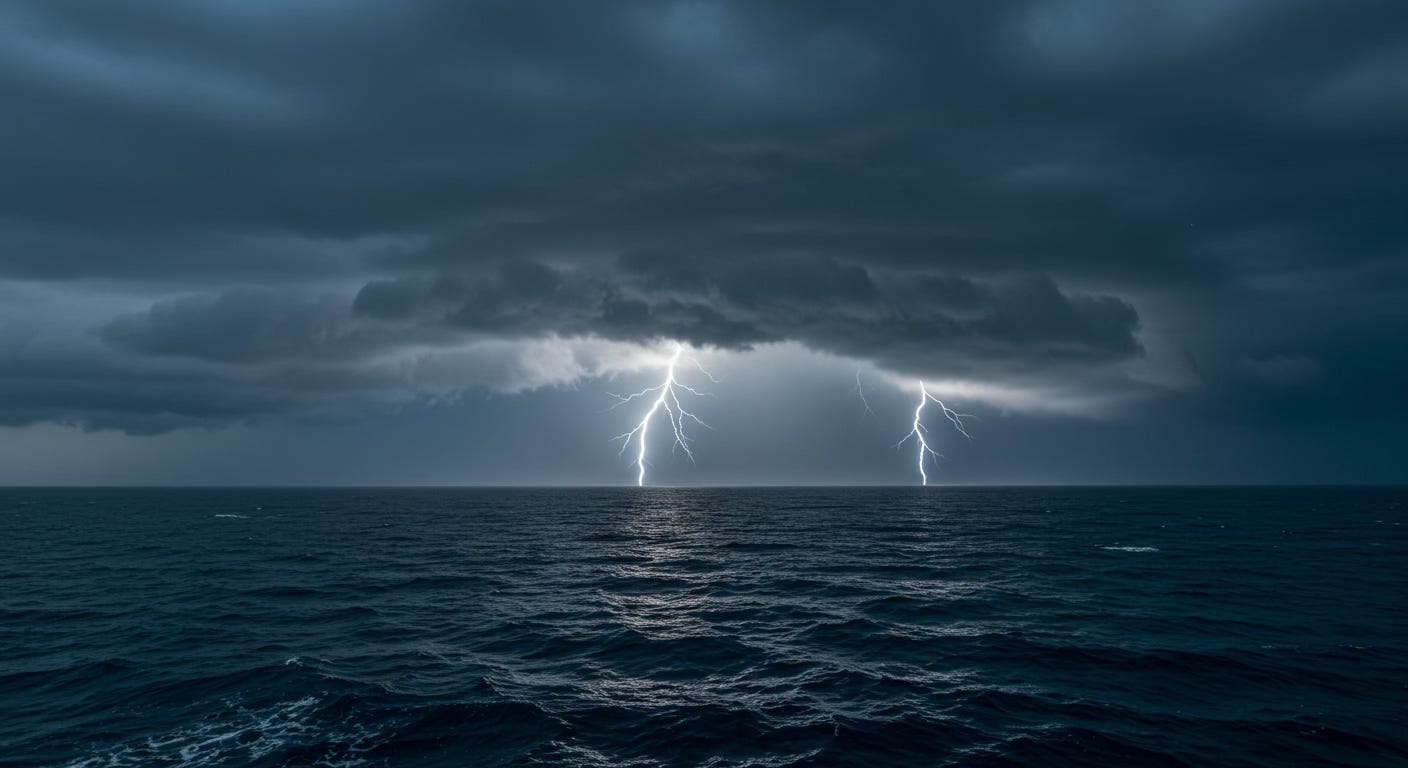
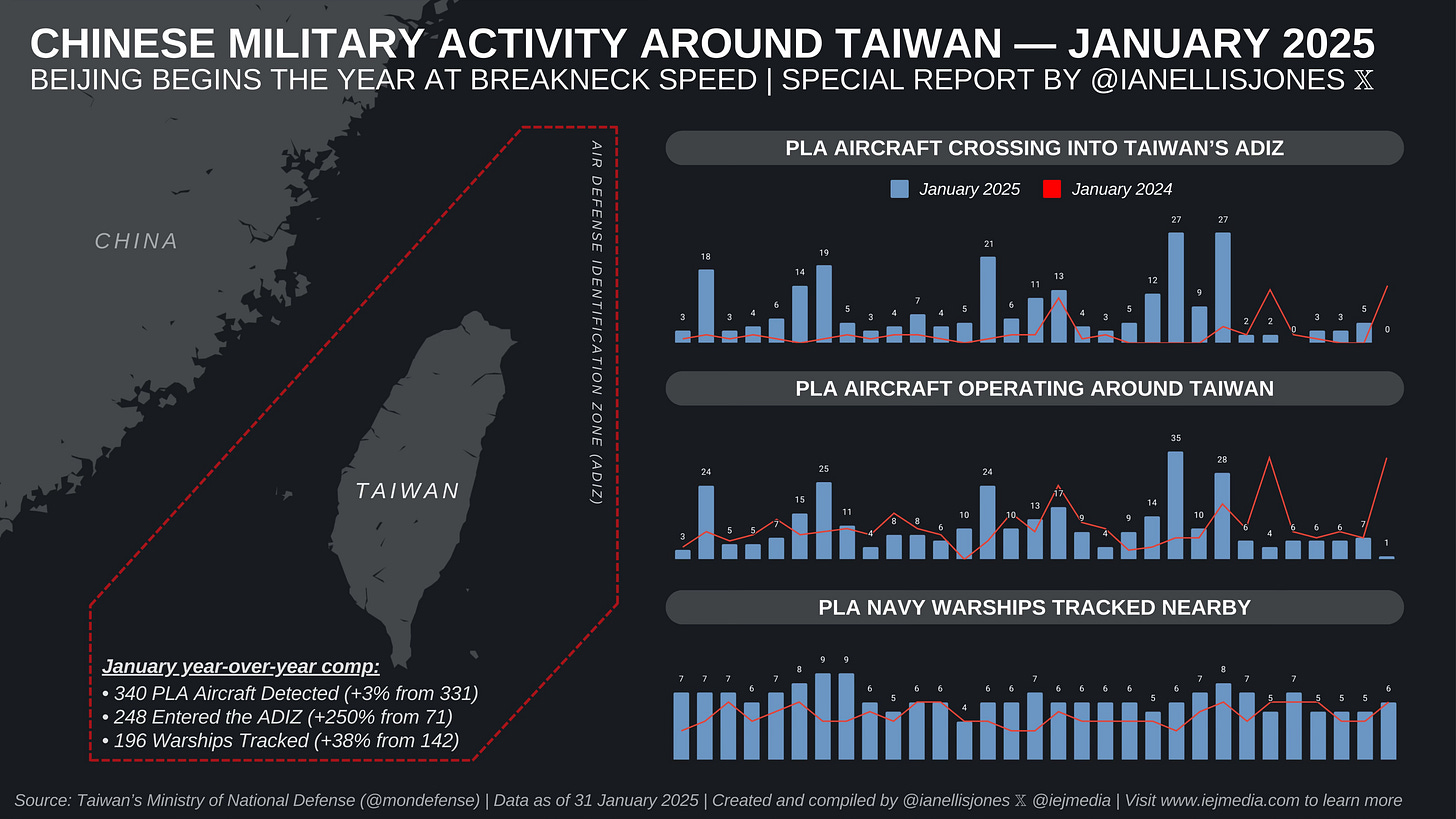
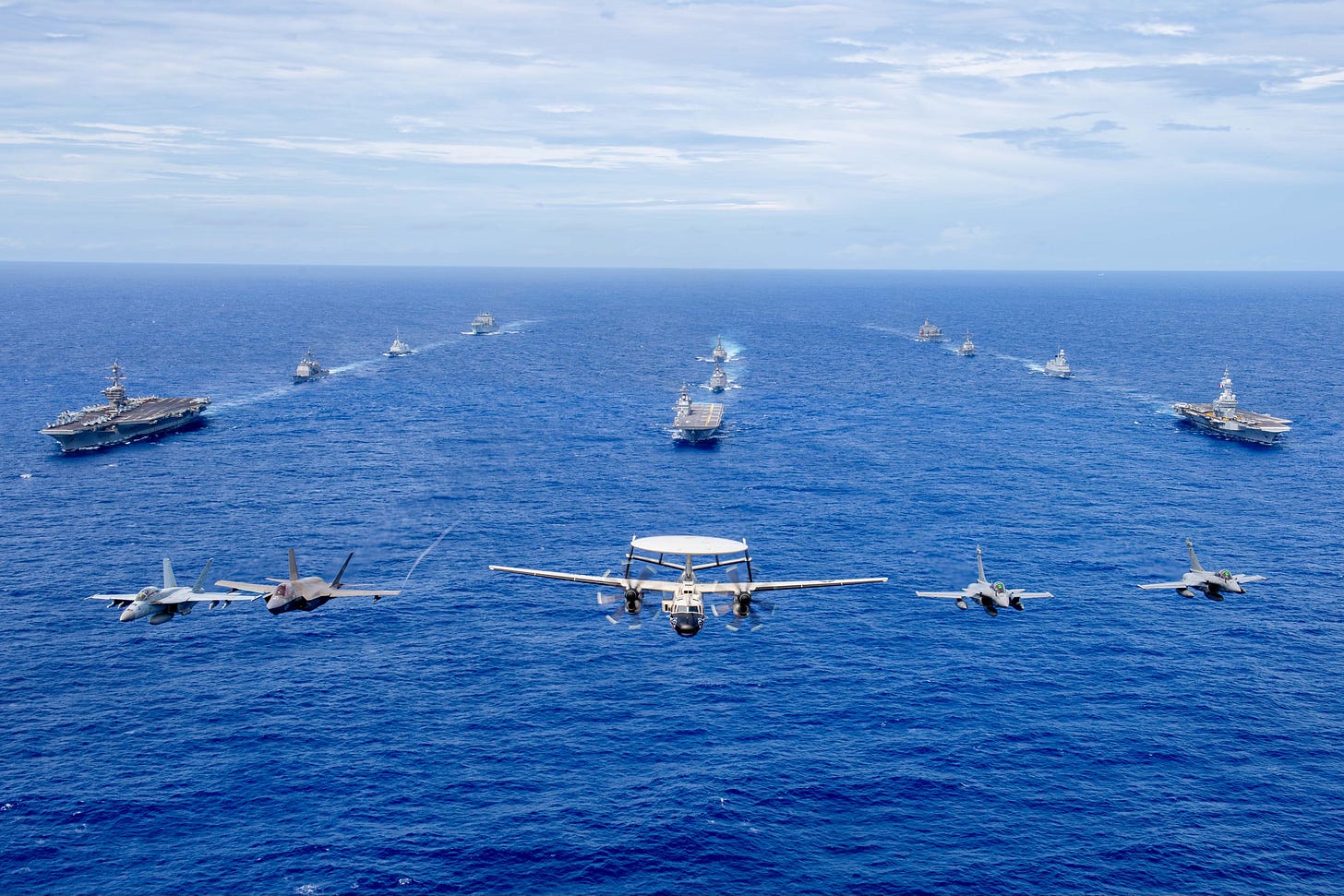
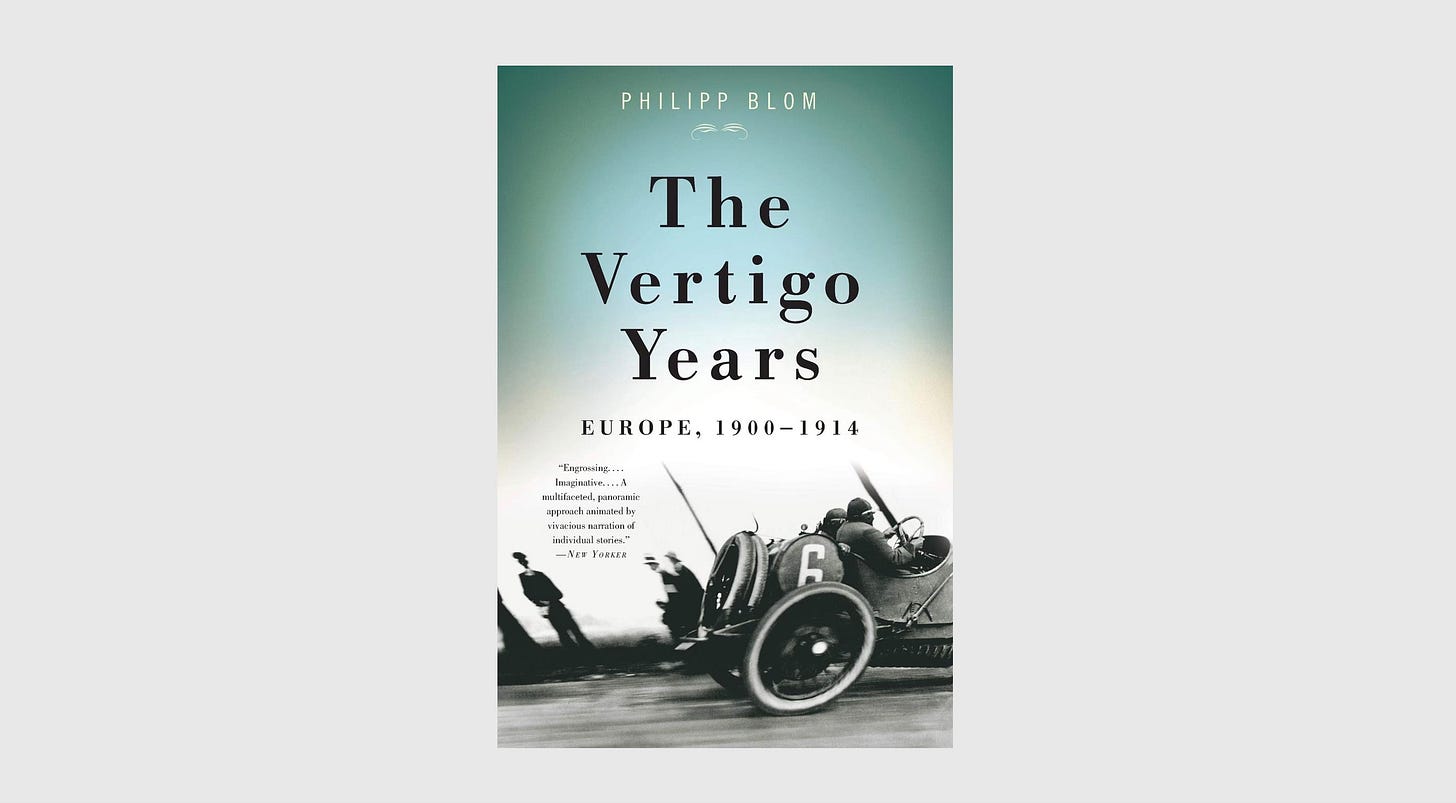
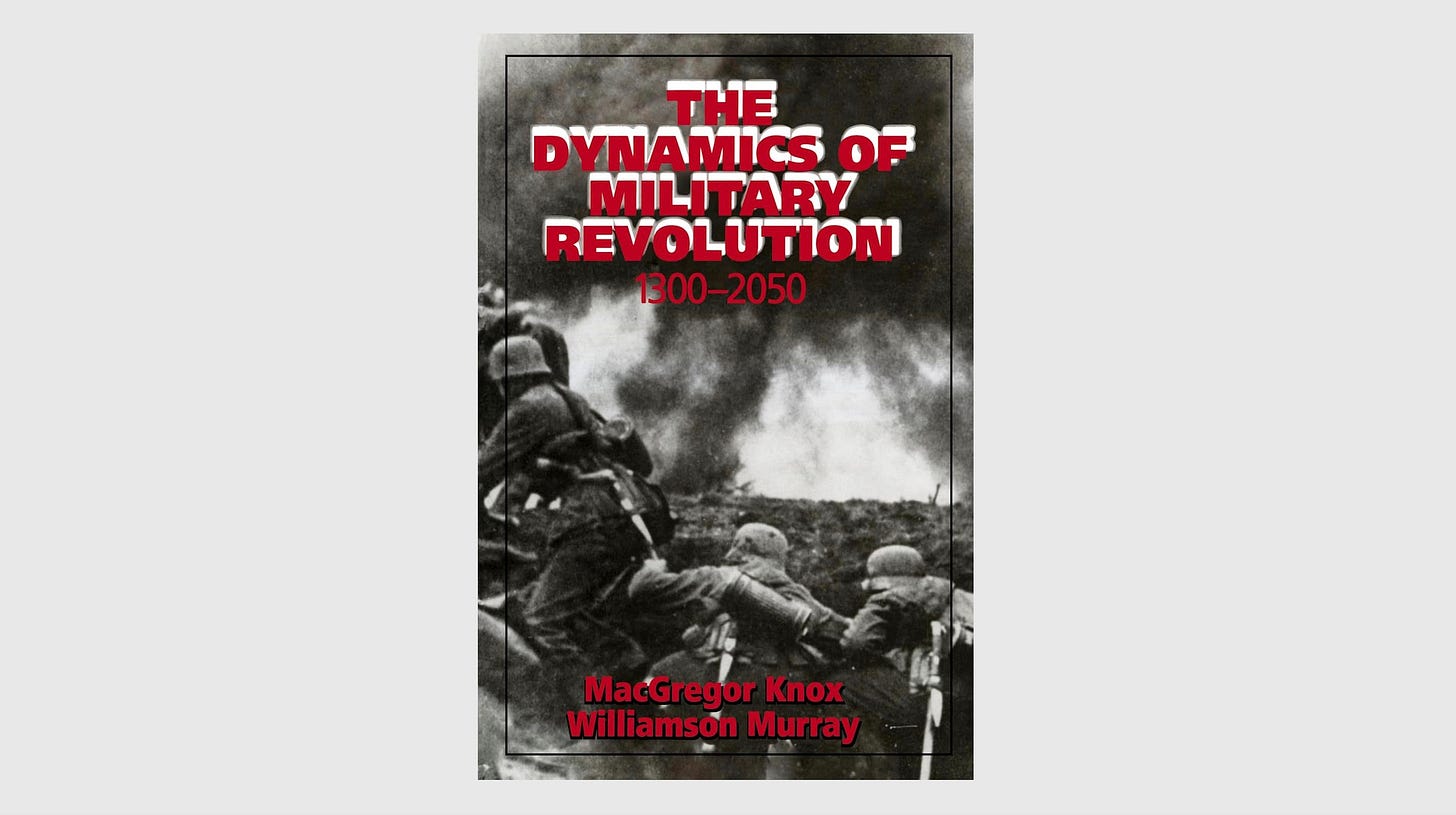
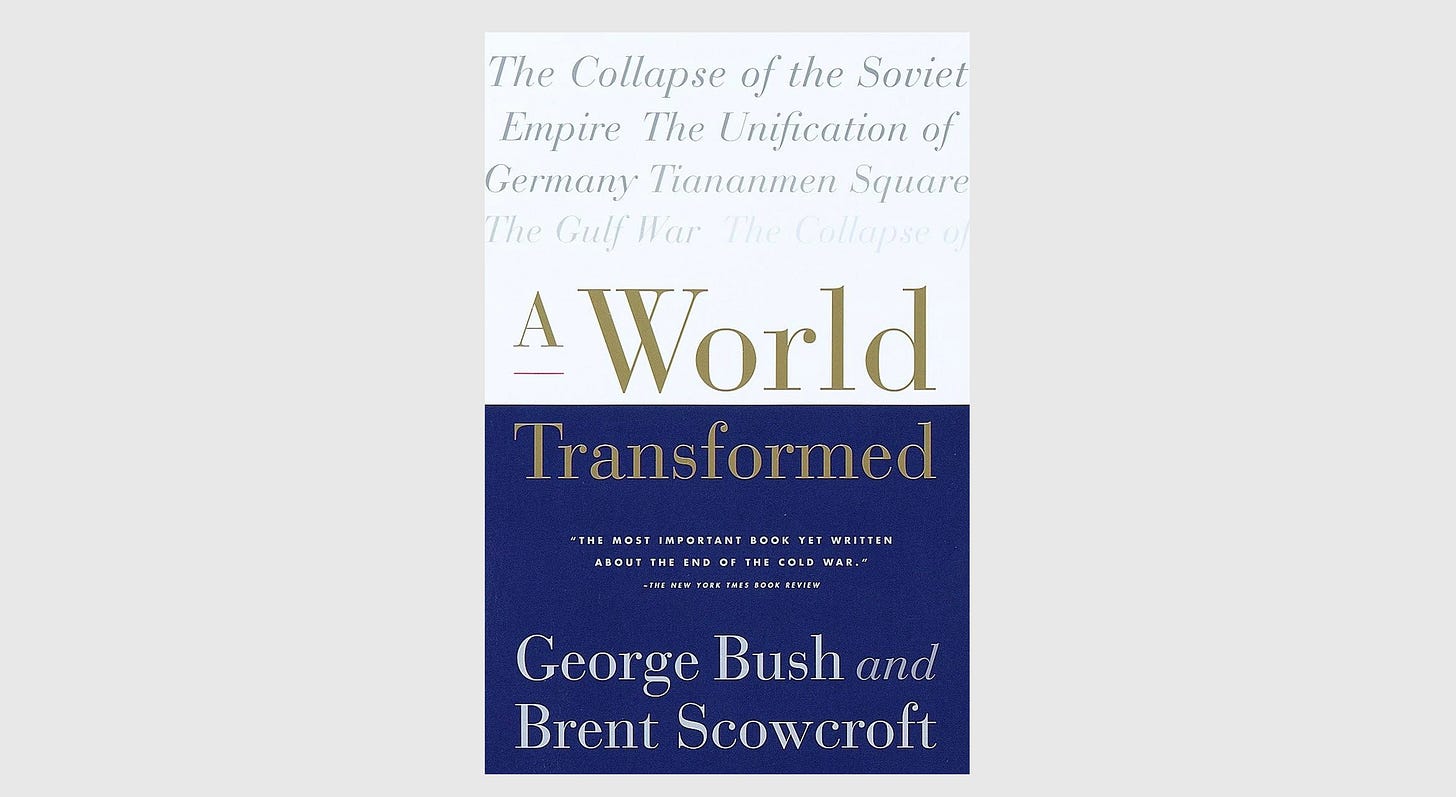
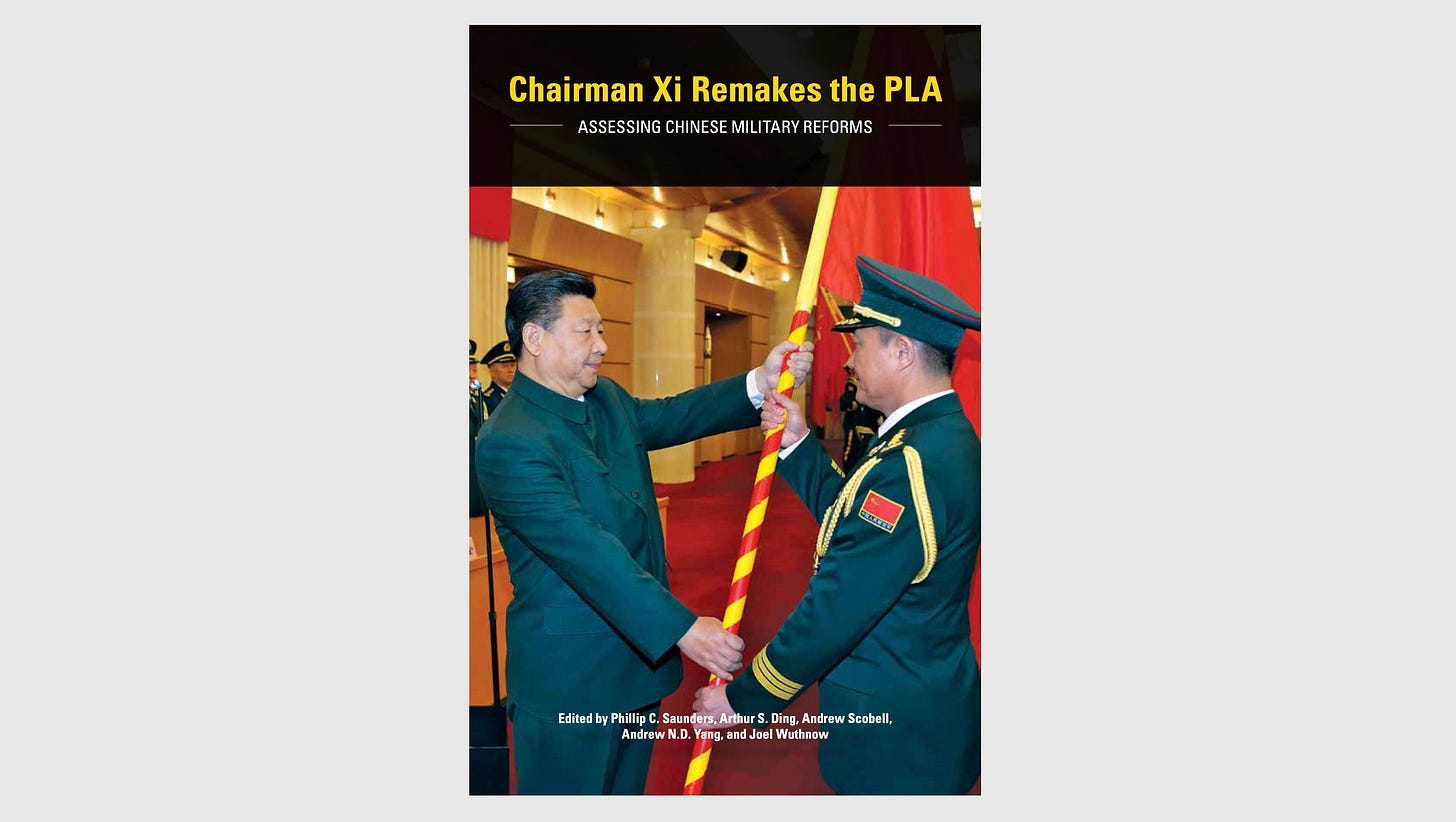

Drone wars: It is perhaps noteworthy that in the past week or three reported Russian artillery losses have gone, up to my eye markedly. In addition, it seems to me that I am seeing more Ukraine reports than in times past of small tactical advances. A 'peace' negotiation with neither Europe not Ukraine present is unlikely to have much effect. As always, the more professional eye of the substack owner herehere likely has a much better perspective.
The events of last week have thoroughly confused me. I thought I have some vague idea of the plan from US side, but I was definitely wrong - unless there’s layers upon layers of subterfuge, which now I doubt.
I would like to believe that Europe as a whole can step up, but I doubt it, today. Maybe in 2-3 years.
And regarding Taiwan, I read quite a few comments saying it’s all smoke and mirrors, but I tend to agree with your assessment that this is rehearsal, not just exercise.
We’ll see what the future holds, but it does look grim.